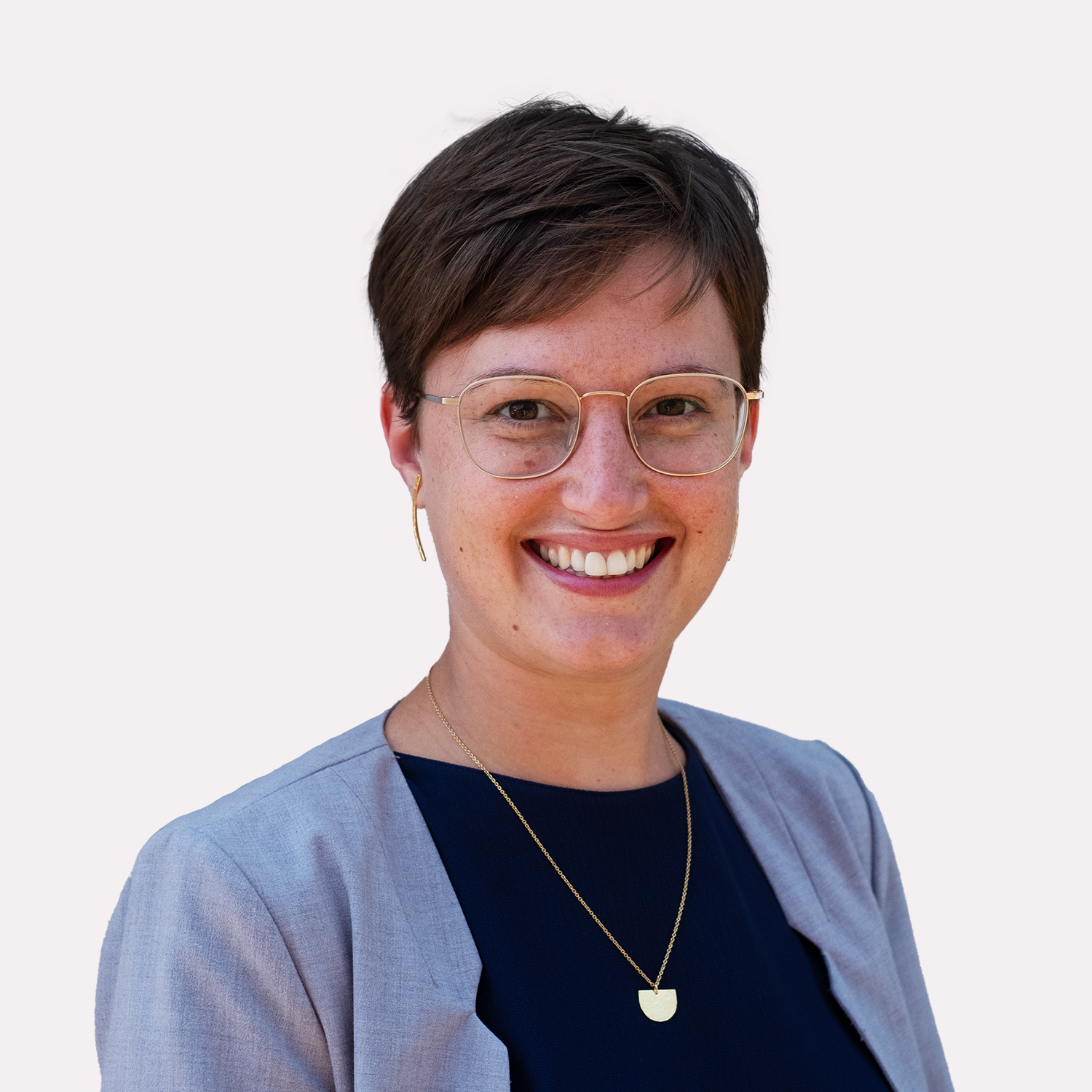OD assessment
Let‘s start from what is already there (and is good)
Every organisation that wants to improve and grow is obliged to look at where its own strengths lie. Building on what is already working is not only an indication of a sense of reality, but is often also just smart. Changing costs a lot of energy, and you enter a path with unprecedented obstacles.
With the OD assessment, Stanwick has a framework and an approach for drawing up an overview of the state of affairs for any organisation. This organisation photo helps to identify strengths and opportunities at the level of structures, systems and behaviour patterns.
Lidewij Van Nevel

The photo is put together with 7 “lenses and filters”.
The OD wide-angle lens examines how meaning, direction and the speed of change are determined in the organisation. We thereby look at customer orientation, values, and the dynamics with regard to readiness for change. Three zoom lenses focus on the following elements:
- The Teamwork zoom lens examines how people work together at the micro-level, how team objectives are determined, which team agreements are made around internal operations. This aspect of the photo indicates the extent to which teams really work.
- The Autonomy – Empowerment zoom lens unlocks the degree of autonomy within each team, i.e. how self-managing a team can be. Autonomy is always placed within a context of secured, standardised processes here. Today, empowerment is the lever that is used to make and maintain the employee and the team powerful, with enthusiasm.
- The Organisation zoom lens focuses on the way in which the organisation supports change. How does internal communication and decision-making work? How do the departments work together? Where are problems addressed? What visualisation tools do we deploy? These questions investigate the means and supporting motors for change.
Then there are the 3 photo settings with filters:
- The filter between team and autonomy. The degree of entrepreneurship assesses how individual employees take on / can take on ownership. How is a sense of initiative developed? And at the same time: how is discipline realised?
- The filter between the team and the organisation. The way of leading: leading is guiding towards autonomy. The following aspects are examined: how are obstacles on the way to autonomy removed, how is performance monitored, how are employees supervised and coached?
- The filter between autonomy and organisation: the organisational design. To what extent are the basic processes structured so that employees and teams can work with them? How are the teams designed, and the interdependencies between teams outlined? How are consultation and troubleshooting structures set up?
Finally: a roadmap. The composite photograph leads to a shared image of the state of an organization, with an insight into its strengths, and an understanding of the forces that move an organisation. It gives the management a starting position from which the right steps can be taken with regard to change. The ultimate goal is an organization that can change, grow and successfully accomplish its mission, carried by passionate and committed employees.